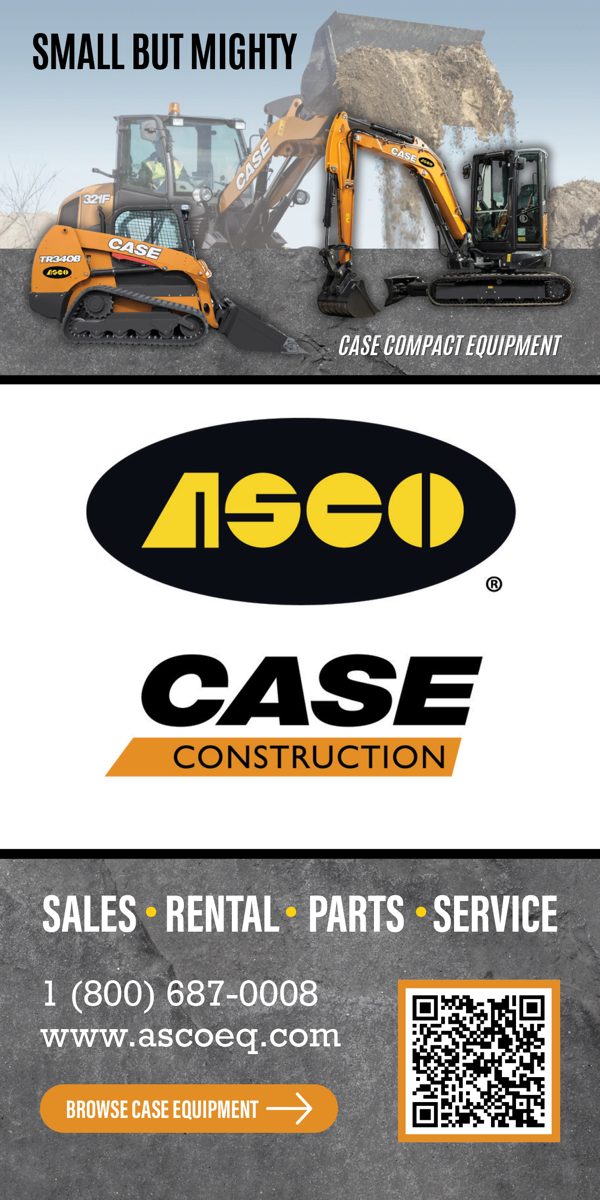“While digital transformation is still an important goal for organizations to reach, it’s more of a necessity and an expectation now than a competitive differentiator,” said Bill Kracunas, RSM Principal and Management Consulting Leader. “Instead, companies need to focus on developing and integrating a more holistic approach to incorporating innovation across the entire enterprise.”
Becoming a digital organization is an ongoing process that involves adopting emerging innovation throughout the business instead of only focusing on specific areas. It is a progressive continuum that moves across the organization, becoming more advanced and gaining more capabilities and functionality with each step forward.
The transition requires a change in perspective, with digital technology at the heart of key processes and decision-making.
“In the past, an insurance company may have considered going digital,” said Kracunas. “But now, that company should instead think ‘what if I were a digital company that provided insurance?’ It may seem like a subtle difference on the surface, but it requires a change in mindset and a new framework that drives various digital initiatives and projects that align with your organizational strategy.”

| Your local Takeuchi Mfg Ltd dealer |
|---|
| Kirby-Smith Machinery |
| Nueces Power Equipment |
While our road map to becoming a digital organization currently has three phases, that number can grow as time goes by and the opportunities to embrace innovation grow for middle market companies.
For example, elevating the customer experience is more important now than ever before, and company stakeholders generally understand the critical role technology can play. In a recent report by RSM and Corporate Board Member, nearly two-thirds of surveyed middle market board members (65 percent) listed improved customer experience as an objective that relies on leveraging new technology – the top result.
The more basic, foundational technology is located on the left side of the continuum and marketing and HR technology become involved as you move to the middle. When you move to the right, design and production become more engaged in innovation, helping you implement an enterprise approach to becoming digital. The combination of the traditional, experience and embedded tech stacks help to triangulate the direction and priorities of a digital organization.
However, there are two critical, additional elements that establish the foundation of the digital organization road map:
Innovation and the digital journey are no longer just about the IT and marketing functions, and a true digital organization strategy may require a change in approach for many companies. It involves more teams, more processes and more people, but a successful program will add more capabilities and strengthen the business as a whole as you continue to evolve and integrate innovation on a broader scale.

| Your local Hyundai Construction Equipment USA dealer |
|---|
| Nueces Power Equipment |
“Technology has become so pervasive and companies need to find a way to embrace the process improvements it can provide across the organization,” said Kracunas. “With this framework in place, companies can ensure that they remain agile and innovative and position themselves as leaders within their respective industries.”
Taking advantage of digital technology creates excitement around the organization and, of course, it will come with associated challenges. But the companies that are idle as new solutions become available and realistic for the middle market will likely fall behind competitors. Becoming a truly digital organization is more than just automation, it’s about embracing innovation across the business instead of in a few select areas to create a sustainable, evolving, digital-friendly and profitable organization. Ultimately, the goal is to develop an organization that can mature to support more effective processes and actionable insights while making your business more resilient to changes in the marketplace.





































































